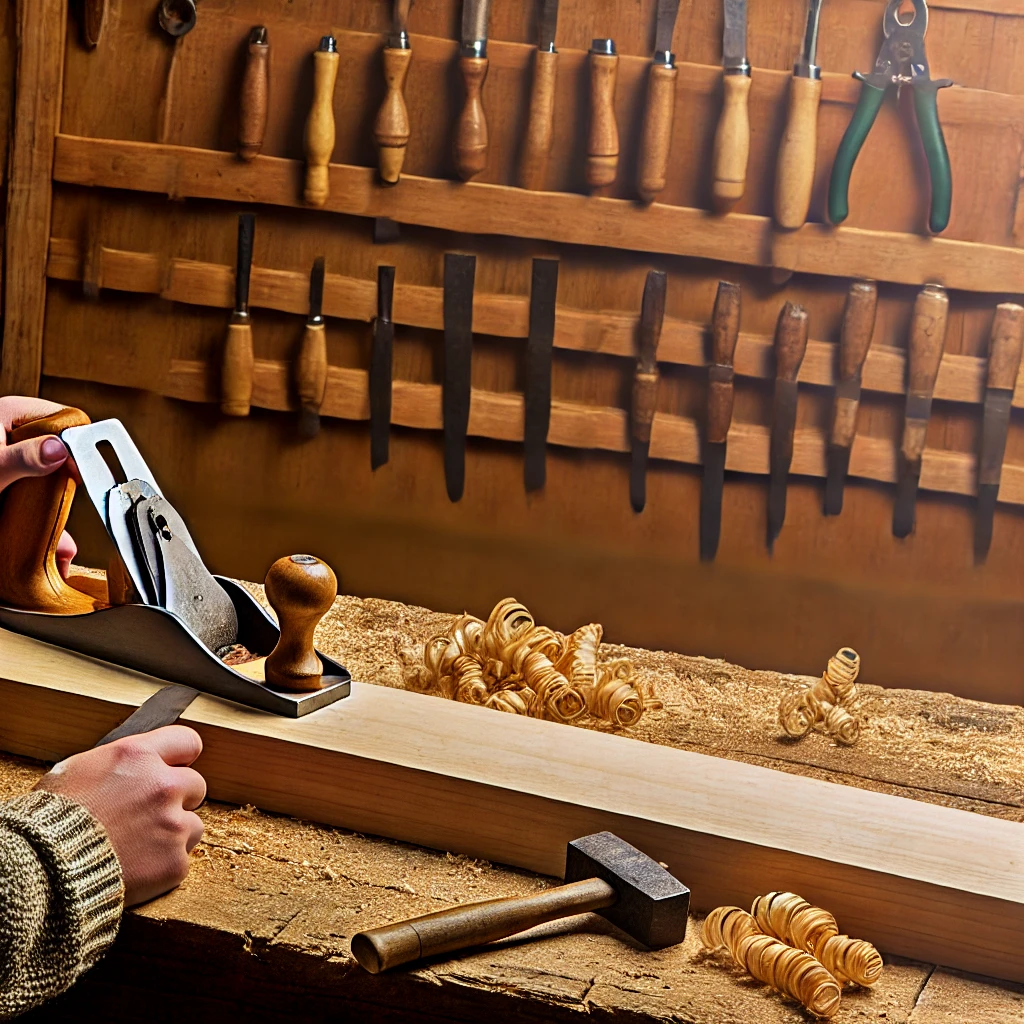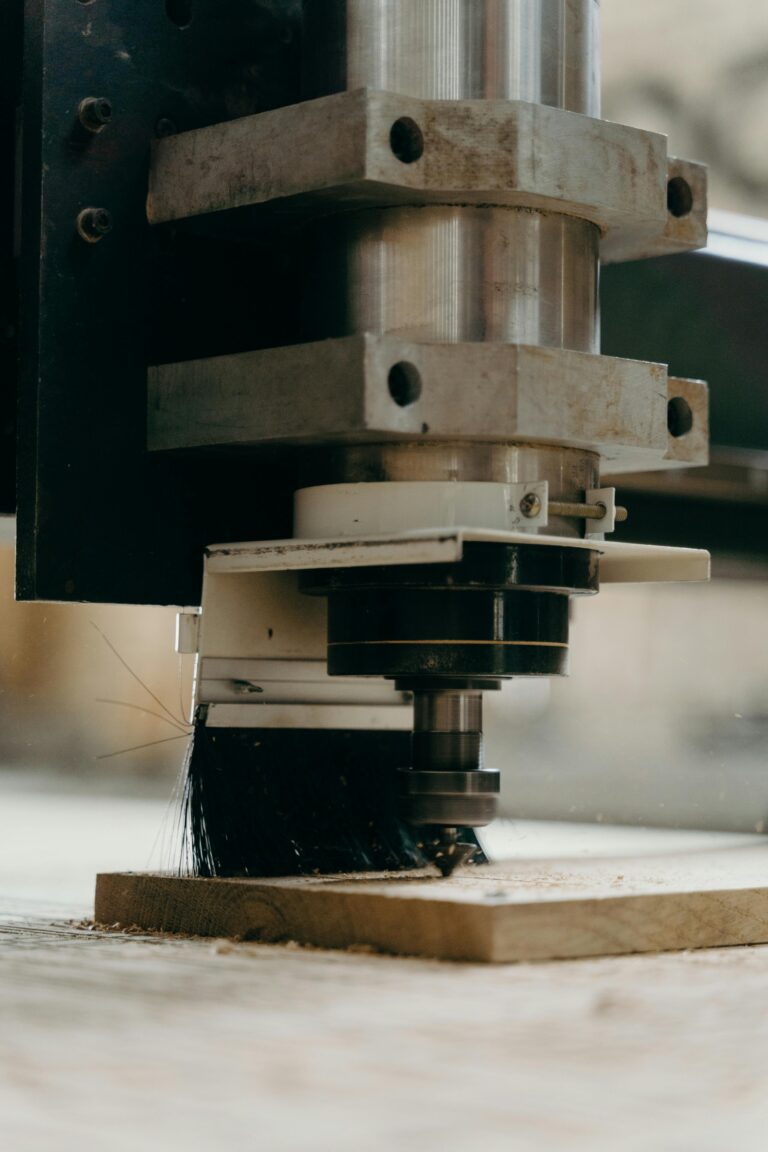A Beginner’s Guide to Hand Tool Woodworking in 2024
Introduction
Wood grain plays a pivotal role in woodworking, especially when using hand tools. Understanding how wood grain affects the way you cut, shape, and finish wood can significantly impact the quality of your projects. In this guide, we’ll break down the basics of wood grain, helping beginners learn how to read and work with it effectively. By mastering the grain, you’ll achieve cleaner cuts, smoother finishes, and more durable results.
Main Headings and Bullet Points
What Is Wood Grain?
- Defining wood grain: Wood grain refers to the alignment, texture, and appearance of fibers within a piece of wood. It’s crucial to understand that wood grain varies between species, affecting how it behaves when cut, planed, or sanded. Recognizing the type of grain—whether it’s straight, interlocked, or wavy—will help you make better decisions when crafting your projects.
How to Read Wood Grain
- Learning to identify grain direction: One of the first steps in working with wood grain is identifying its direction. Grain can run along the length of a board (long grain), across the width (cross grain), or at various angles. Using your hand tools in line with the grain helps achieve smoother cuts, while working against it can lead to tear-out or splintering.
Why Wood Grain Matters in Hand Tool Woodworking
- The impact of grain on hand tools: Wood grain directly affects how tools like chisels, planes, and saws perform. Cutting along the grain allows for easier and cleaner work, while cutting against the grain can cause resistance, jagged edges, and tool damage. Recognizing and respecting the grain ensures higher-quality work with less effort.
Techniques for Working with Wood Grain
- Best practices for grain control: When using hand tools, always plan your cuts based on the grain direction. Use a sharp blade to minimize tear-out and adjust your angle of attack when planing or chiseling. These adjustments can greatly improve the quality of your work, making cuts cleaner and reducing wear on your tools.
5. Common Mistakes to Avoid
- Pitfalls when ignoring wood grain: Beginners often face issues like tear-out, splintering, and uneven surfaces when they don’t follow the grain. This section will discuss these common mistakes and provide tips to avoid them, ensuring that you make the most out of your materials.
Conclusion
Understanding wood grain is an essential skill for any woodworker, especially when using hand tools. By learning to read and work with grain, you’ll enhance the quality of your projects, improve your tool performance, and ensure smoother, more accurate results. As you continue your woodworking journey, take the time to observe and appreciate the grain—your projects will thank you!






